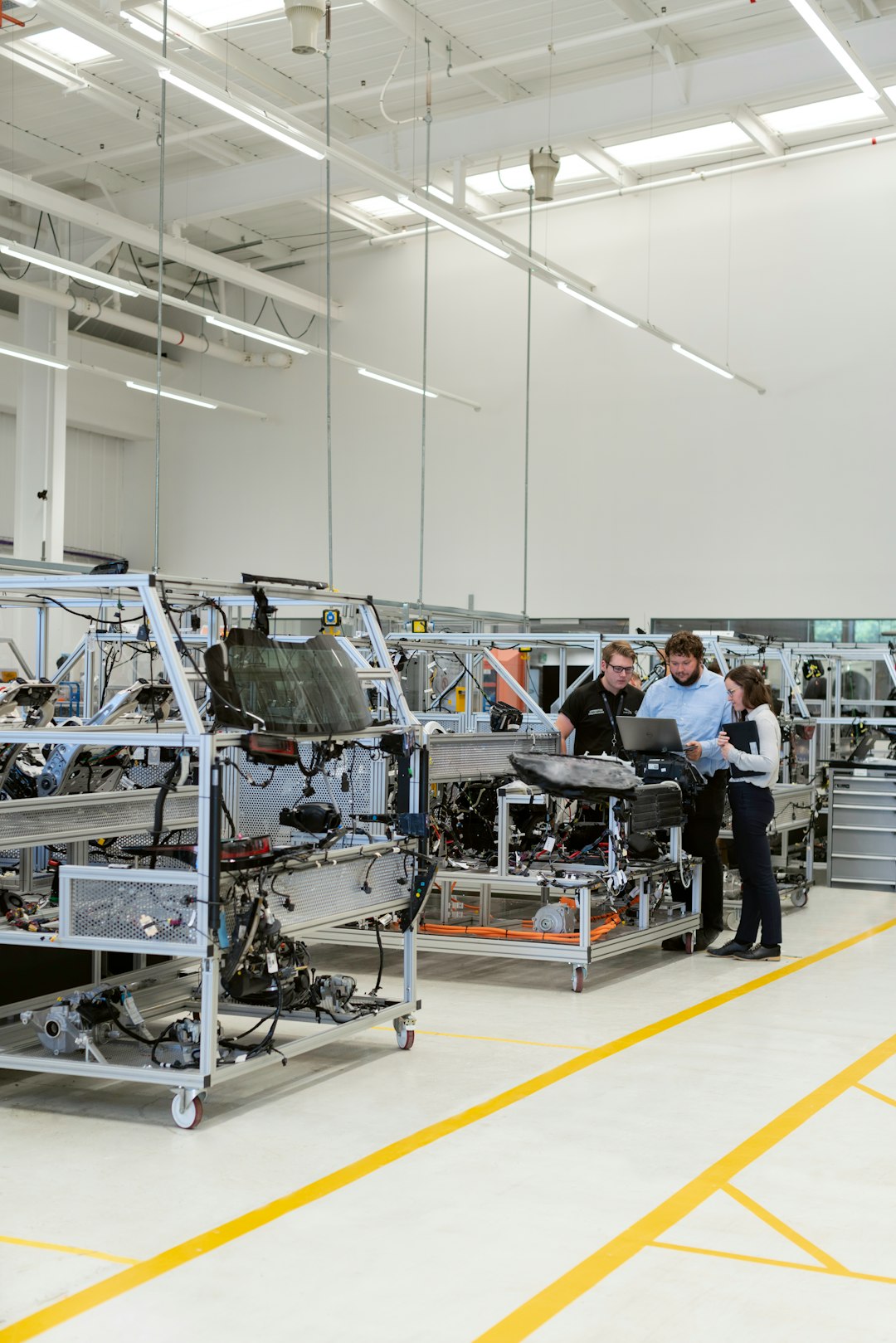The Future of Work in Manufacturing: Human-Machine Collaboration
The manufacturing industry has always been at the forefront of technological advancements. With each new innovation, the way we work in this sector has been revolutionized. From the invention of the assembly line to the introduction of robotics, automation has played a significant role in shaping the future of work in manufacturing. However, as we enter a new era of technology and connectivity, a new paradigm is emerging – one that focuses on the collaboration between humans and machines. This blog post will explore the future of work in manufacturing and discuss the advantages and challenges of human-machine collaboration.
Advantages of Human-Machine Collaboration
The integration of machines and humans in the manufacturing process has the potential to bring about numerous benefits. One of the key advantages is increased efficiency. Machines are better suited for repetitive and monotonous tasks, allowing humans to focus on higher-value activities that require creativity and critical thinking. By automating mundane tasks, workers can utilize their skills more effectively, resulting in improved productivity and higher job satisfaction.
Human-machine collaboration can also enhance safety in manufacturing environments. Machines are designed to handle hazardous materials, perform physically demanding tasks, and operate in potentially dangerous conditions. By delegating these tasks to machines, the risk of workplace accidents and injuries can be significantly reduced. Simultaneously, humans can oversee the machines, ensuring that operations run smoothly and intervening when necessary.
Moreover, the collaboration between humans and machines has a positive impact on product quality. Machines excel at precision and accuracy, ensuring consistency throughout the manufacturing process. However, they lack the critical thinking and adaptability of humans. By working together, humans can provide the necessary decision-making skills and troubleshooting capabilities to address unforeseen challenges. Thus, the combination of human ingenuity and machine efficiency results in improved product quality and customer satisfaction.
Challenges of Human-Machine Collaboration
While human-machine collaboration offers numerous advantages, it also presents various challenges. One common concern is the fear of job displacement. As machines become increasingly capable of performing complex tasks, there is a legitimate concern that they will replace human workers entirely. However, studies have shown that instead of replacing jobs, automation often leads to job transformation. By automating routine tasks, workers can learn new skills and take on more fulfilling roles within the manufacturing process.
Another challenge lies in the integration of humans and machines into a cohesive system. Differentiating tasks between humans and machines is crucial to ensuring optimal collaboration. It requires careful analysis of the strengths and limitations of each party, as well as effective communication and coordination. To achieve successful collaboration, organizations must invest in employee training and provide opportunities for workers to acquire the skills and knowledge necessary to work alongside machines seamlessly.
Furthermore, privacy and data security concerns arise with the increased reliance on connected machines. As more manufacturing processes become digitized and interconnected, the amount of data generated and transmitted increases exponentially. Safeguarding this data becomes crucial to protect trade secrets, intellectual property, and employee information. Organizations must implement robust cybersecurity measures to ensure the integrity, confidentiality, and availability of data, thereby minimizing the risks associated with human-machine collaboration.
The Future of Work: A Collaborative Approach
As we look to the future, it is evident that human-machine collaboration will be a defining characteristic of the manufacturing industry. The integration of automation, robotics, artificial intelligence, and machine learning will continue to transform the way we work. However, it is essential to approach this transformation with a collaborative mindset. Human workers and machines must work hand in hand, complementing each other’s strengths and compensating for each other’s weaknesses.
To achieve successful human-machine collaboration, a multi-disciplinary approach is necessary. Experts in various fields, including engineering, computer science, and psychology, must work together to design systems that optimize machine autonomy and human decision-making. Additionally, policymakers and industry leaders must create an environment that supports the workforce in acquiring the necessary skills and adapting to the evolving demands of the future workplace.
In conclusion, the future of work in manufacturing lies in human-machine collaboration. By leveraging the unique capabilities of both humans and machines, we can unlock unprecedented levels of efficiency, safety, and quality in manufacturing processes. While challenges exist, addressing them through investments in training, communication, and cybersecurity will pave the way for a productive and harmonious future of work in manufacturing. Let us embrace this collaborative future and unlock the full potential of human-machine collaboration in the manufacturing industry.

